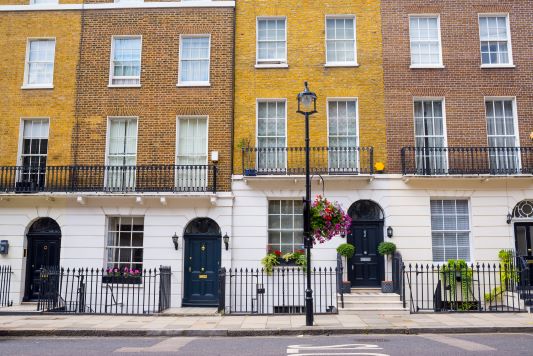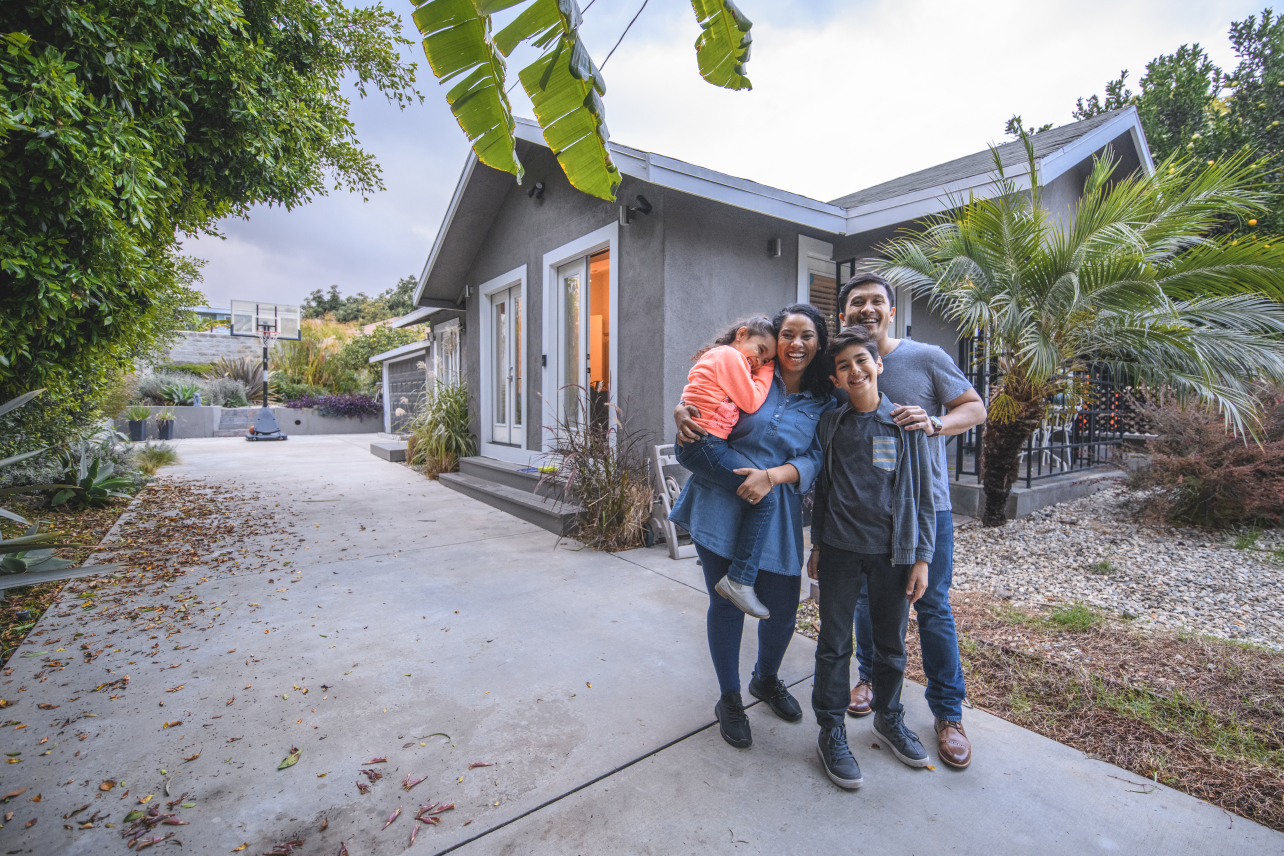Whether you’re looking to buy a home for your family or want an investment property, you may have considered a multifamily complex. These property types are excellent for many reasons, often allowing you to maximize your efforts and earn a handsome return.
However, there are a few very important things you need to know about buying multifamily real estate, whether or not you ever plan to actual reside there. Let’s take a look at exactly what this type of property entails and whether it’s the right buy for you.

Multifamily Real Estate
Apartment complexes, quad-plexes, duplexes, condominiums, townhomes… these all have one thing in common: they are multi-dweller properties. This means that the building contains more than one living unit, each of which can be sold or rented out individually.
If you’re considering buying a multifamily property, you will have one of two options: to buy the entire building with multiple units, or to buy a single unit within the dwelling. Depending on your financial situation and plans, either of these scenarios might be a good investment opportunity for you.
Why Buy a Multifamily Property?
There are many reasons to consider investing in a multi-dweller property. You may want to:
- Enjoy the benefits of living in a shared complex
- Live in a multifamily property while renting out other unit(s) for income purposes
- Establish (or grow) a promising investment property portfolio
Some people prefer a multifamily living situation. Townhomes and condos, for instance, give buyers the best of both worlds: they own their home, but they don’t typically have to worry about things like landscaping or costly roof repairs. Instead, the complex’s Homeowner's Association (HOA) manages shared areas for all owners in the dwelling.
For investors, a multifamily property could be idea for many reasons. If you live in one unit and rent out the rest, the monthly income can offset your own living expenses. Plus, you’re nearby for any tenant issues.
For buyers who don’t plan to live in one of the property’s units, the investment becomes all-profit. This is often more lucrative than single-family investment properties and helps ease the impact of vacancies. Plus, it’s easier to buy one multifamily property than multiple single-family homes.
Things to Remember Before Buying a Multifamily Property
There are a few things to keep in mind if you’re considering a multifamily property as your next investment, whether or not you also plan to live there.
Easier for Portfolio Expansion. Buying four single-family homes requires four mortgages, four negotiations, four closings -- it wouldn’t be for the faint of heart. On the other hand, buying a quadplex would only require one loan and one closing, but could earn similar monthly incomes (depending on the property). Plus, maintaining four units is significantly easier than four separate properties.
Mortgage Loans are Different. Buying a single home is fairly straightforward; buying a multifamily dwelling, though, requires a different kind of loan. You’ll need to find a lender offering commercial multifamily financing, which can involve higher interest rates. However, this is still easier than getting multiple mortgages.
Initial Costs are Higher. Buying a property with multiple units is likely more expensive than buying a single-family investment property. For this reason, some investors might find it harder to get their foot in the door.
...But Maintenance is Easier. Managing multiple units in the same dwelling is usually a lot easier (and cheaper) than managing multiple properties. You may pay more to replace the roof on a quadplex, but it’s still significantly cheaper than replacing four single home roofs. The same goes for HVAC systems, landscaping, plumbing, etc. Plus, if you utilize a management company, you may be able to get a better deal for management of one multifamily dwelling than if you had multiple, separate properties.
Before Investing
There’s a bit of extra legwork required when considering a multifamily property purchase. Your due diligence will ensure the best investment return in the end, though.
When shopping for a property, be sure to look at current vacancies and occupancy history. You’ll want to know all about the neighborhood, average monthly rent, and the type of tenant you’re likely to attract.
Be sure to look over the existing tenants in the building, as well as their current leases and security deposits. This information will be required by most commercial multifamily lenders anyway but will give you a better idea of your profitability from the property.
Lastly, working with a good realtor can be very helpful if you’re considering a multifamily investment property. They will be able to spot potential problems, negotiate your purchase price, and thoroughly inspect the rent roll. That way, you can better ensure that your new investment isn’t a money pit.



